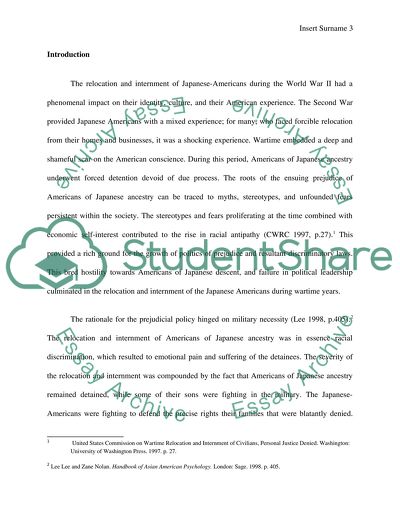Cite this document
(“History of the Japanese-Californian internment camps and the social Research Paper”, n.d.)
Retrieved from https://studentshare.org/history/1399422-history-of-the-japanese-californian-internment
Retrieved from https://studentshare.org/history/1399422-history-of-the-japanese-californian-internment
(History of the Japanese-Californian Internment Camps and the Social Research Paper)
https://studentshare.org/history/1399422-history-of-the-japanese-californian-internment.
https://studentshare.org/history/1399422-history-of-the-japanese-californian-internment.
“History of the Japanese-Californian Internment Camps and the Social Research Paper”, n.d. https://studentshare.org/history/1399422-history-of-the-japanese-californian-internment.


